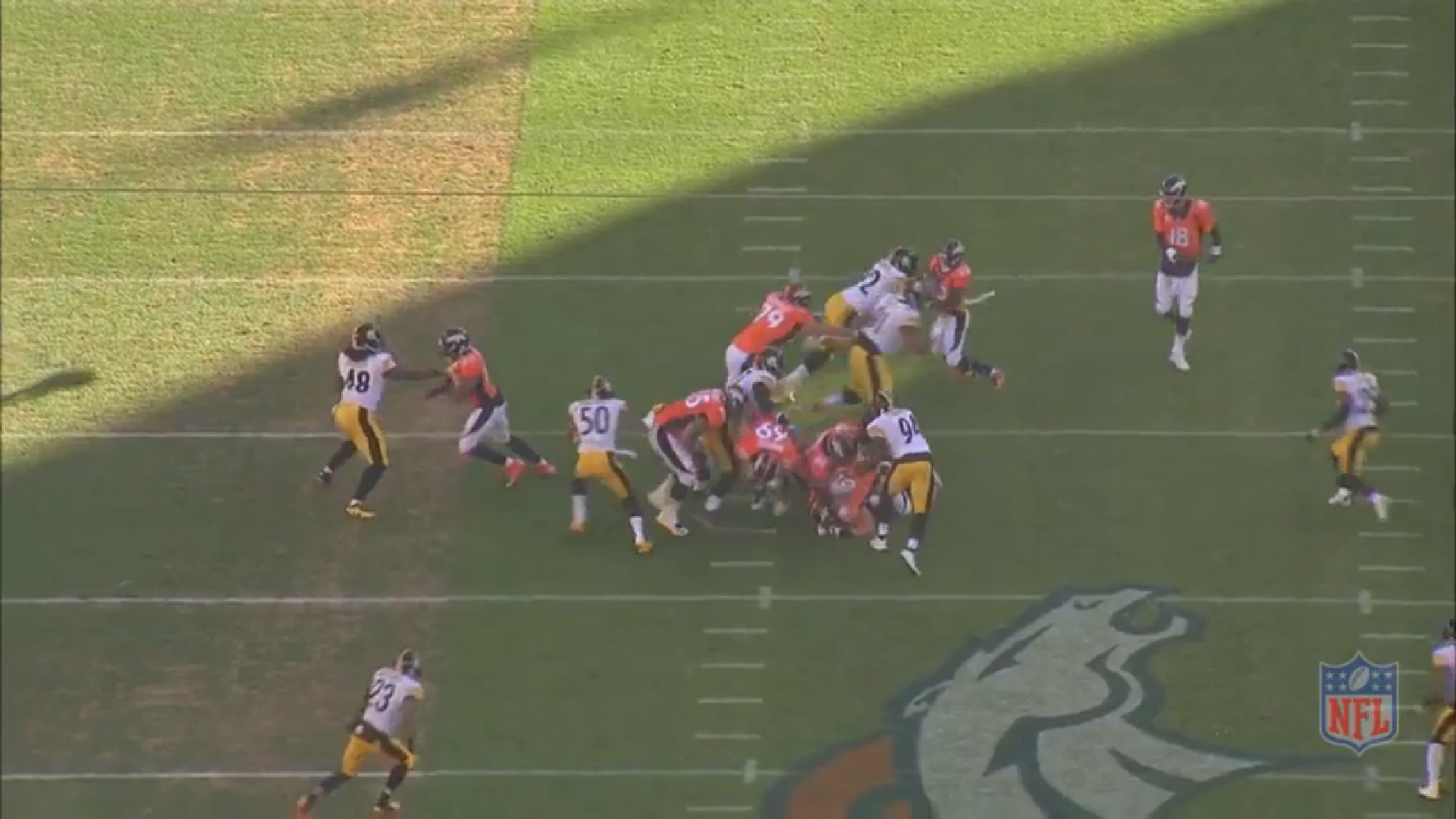There has been quite a bit of discussion generated after recent articles pertaining to the Pittsburgh Steelers and their run defense, and how their performance is affected by resorting to a variety of different packages.
This season, the Steelers joined the prevailing wisdom of the NFL by adopting their nickel package as their base defense and spending most of their time with five defensive backs on the field as opposed to a nose tackle.
And the funny thing is that Pittsburgh improved its run defense—considerably, in fact. This year, the Steelers led the league in the fewest rushing touchdowns allowed with six, and only gave up six explosive runs all season, which ranked as the fifth-fewest.
They also allowed only 3.8 yards per carry this year, which was a stark improvement from previous seasons, last year’s in particular. That figure ranked as the sixth-most efficient run defense on a per-play basis around the league in 2015. Only two teams allowed less than 3.6 yards per carry.
Cumulatively, the Steelers’ 91.2 yards allowed per game and 1459 rushing yards overall was the fifth-best mark in the league, seeing an average of 24 carries per game. They also produced 12 fumbles on running plays, the third-highest mark in the league.
Now, as to how that all breaks down in terms of personnel, that requires consulting our weekly game charts. The NFL’s official run totals include quarterback scrambles in their statistics, and factor a variety of things differently, so be aware that these statistics are more specific.
In our charts, we have the Steelers’ defense facing a total of 362 running plays over the course of the regular season, a number that conflicts with the NFL’s total in cutting out the quarterback scrambles and sneaks.
Of those 362 running plays, 135 came against the Steelers’ 3-4 defense. When factoring in accrued penalties, such as holds, the Steelers only allowed 2.8 yards per carry. Without factoring in the penalties, they allowed 2.95 yards on running plays.
Because the defense spent so much time in sub-packages, it should not be a surprise to find that they faced considerably more rushes against their nickel package. 213 to be specific. Yet the defense still only allowed 3.33 yards per carry with two down linemen, or 3.67 yards per carry while excluding penalty yardage.
Just for the sake of completion, the Steelers’ infrequently used goal line package allowed just -1.75 yards against eight rushes, which includes an accepted hold. Without the hold, offenses were still in the red. The dime defense also allowed under 4.0 yards per carry when factoring in penalties, though it goes up to close to 4.2 without them, but these two packages have such a small sample size.
But the point is that the defense has seen wholesale improvements in its run defense in spite of the fact that it has adapted to more frequent usage of defensive back-heavy sub-packages. The Steelers last season finished sixth in allowing 100.3 yards per game, but they also allowed a terrible 4.4 yards per carry, in the bottom 10 of the league. In 2013, they still allowed 4.3 yards per rush, and all the way up to 115.6 yards per game.
2012 is the only season since their history 2010 campaign, until this year, in which they allowed under 4.0 yards per carry, and they were able to do so on the fly while adjusting to a more contemporary defense.








